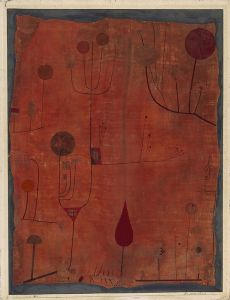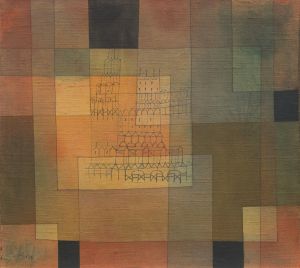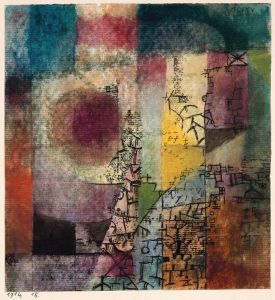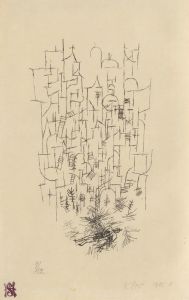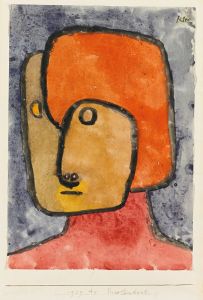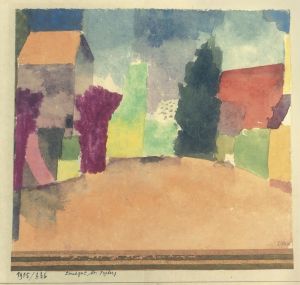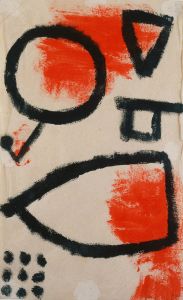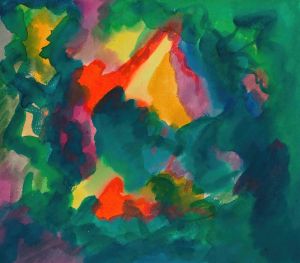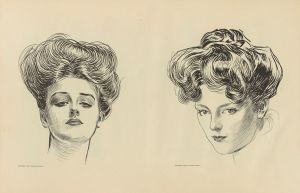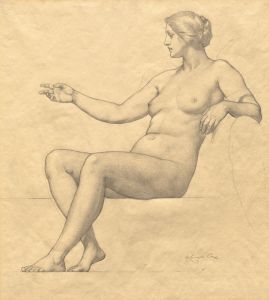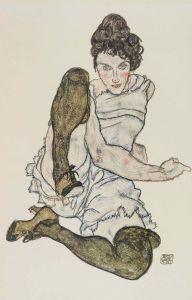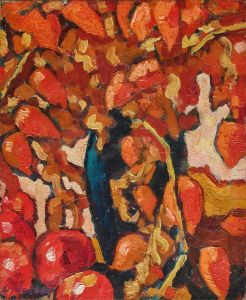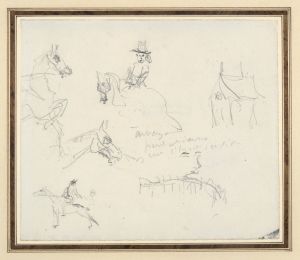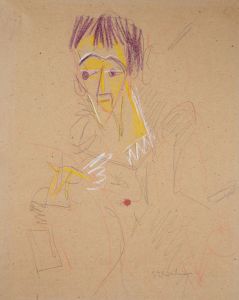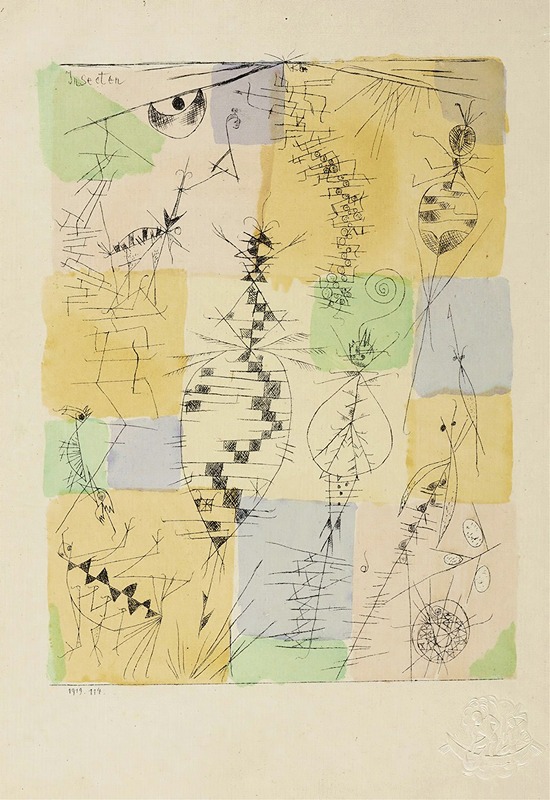
Insekten
A hand-painted replica of Paul Klee’s masterpiece Insekten, meticulously crafted by professional artists to capture the true essence of the original. Each piece is created with museum-quality canvas and rare mineral pigments, carefully painted by experienced artists with delicate brushstrokes and rich, layered colors to perfectly recreate the texture of the original artwork. Unlike machine-printed reproductions, this hand-painted version brings the painting to life, infused with the artist’s emotions and skill in every stroke. Whether for personal collection or home decoration, it instantly elevates the artistic atmosphere of any space.
Paul Klee was a Swiss-born artist whose highly individual style was influenced by movements in art that included Expressionism, Cubism, and Surrealism. He was a natural draftsman who experimented with and eventually deeply explored color theory, writing extensively about it; his lectures Writings on Form and Design Theory are considered so important for modern art that they are compared to the importance that Leonardo da Vinci's "A Treatise on Painting" had for the Renaissance. Klee's work is known for its spontaneity and playfulness, often incorporating a variety of media and techniques.
"Insekten" is one of Klee's works that reflects his fascination with the natural world and his unique ability to abstract and stylize forms. The title "Insekten" translates to "Insects" in English, suggesting that the painting is inspired by the forms and movements of insects. Klee often drew inspiration from nature, and his works frequently feature elements that resemble plants, animals, and other organic forms.
Klee's approach to painting was often methodical and scientific, reflecting his interest in the underlying structures of the natural world. In "Insekten," he likely employed his characteristic technique of building up layers of color and line to create a composition that is both intricate and harmonious. His use of color is particularly noteworthy; Klee had a deep understanding of color theory, and he used color to evoke emotion and to create a sense of depth and movement in his works.
The painting "Insekten" would typically feature Klee's signature style of using geometric shapes and a grid-like structure, which he often used to bring order to his compositions. This method allowed him to explore the relationship between form and color, and to create works that are both abstract and representational. Klee's work is often described as having a musical quality, and he himself was an accomplished violinist. This musicality is evident in the rhythm and balance of his compositions.
Klee's art was deeply influenced by his experiences and the cultural context of his time. He was associated with the Bauhaus school, where he taught alongside other notable artists such as Wassily Kandinsky and László Moholy-Nagy. The Bauhaus was known for its innovative approach to art and design, and Klee's work from this period reflects the school's emphasis on combining fine art with crafts and technology.
"Insekten" is a testament to Klee's ability to blend observation with imagination, creating works that are both rooted in reality and transcendent of it. His paintings often invite viewers to see the world through a different lens, one that is filled with wonder and possibility. Klee's legacy as an artist is marked by his ability to convey complex ideas through simple forms, and his work continues to inspire artists and art lovers around the world.
While specific details about the creation and exhibition history of "Insekten" may not be widely documented, it remains an example of Klee's innovative approach to art and his enduring influence on modern art.





